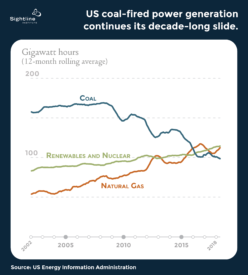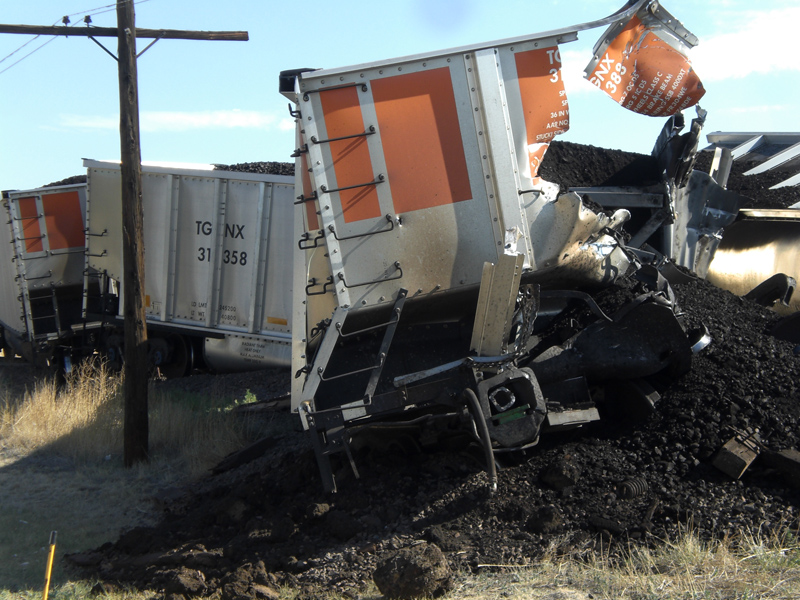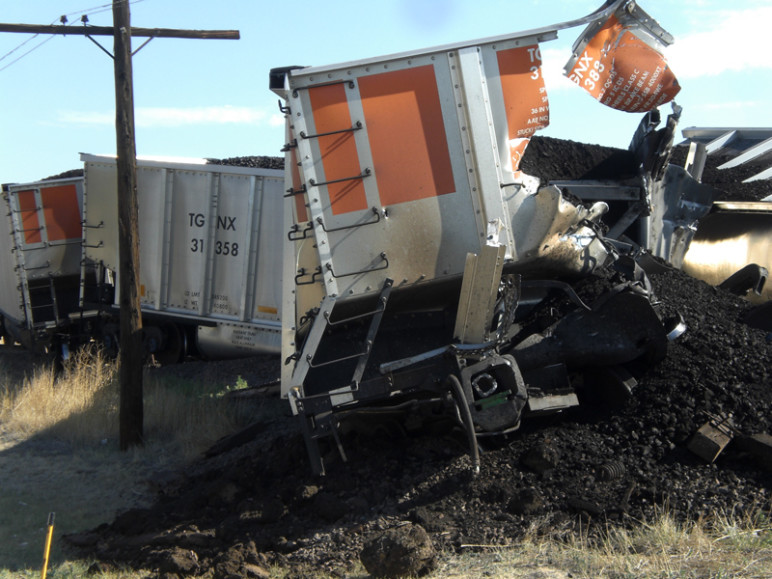Just over a year ago, President Donald Trump announced the end of the United States’ war against “beautiful, clean coal.” Yet the nation’s appetite for coal-fired power keeps falling, as shown by data from the US Energy Information Administration.

As of inauguration day in January 2017, the nation’s coal-fired power fleet averaged 103 gigawatt-hours of output per month. But by mid-2018, that had fallen to 98 gigawatt-hours. As a result, the coal industry’s power generation is now at its lowest level since the early 1980s.
Many energy analysts have blamed coal’s demise on the rapid growth in natural gas power. But the last few years have given gas-fired power a bumpy ride. In fact, average annual generation from gas is actually a wee bit lower in mid-2018 than it was in early 2017.
If gas power is no longer skyrocketing, what’s continuing to dethrone King Coal? Renewables! Average annual wind power production is up 16 percent over the last 18 months, while solar output grew by a whopping 53 percent since Trump took office. Both wind and solar started from a relatively small production base, but their rapid growth is clearly squeezing the coal industry out of the power grid. If solar and wind are lumped together with hydropower and nukes*, “lower-carbon” electricity sources now top both coal and natural gas.
(*Just to be clear, I’m not trying to establish any moral equivalence between nuclear power and wind or solar. I also recognize that nukes aren’t carbon neutral. I grouped them because most life-cycle analyses suggest the US nuclear fleet is more climate-friendly than both natural gas and coal.)
Interestingly, wind and solar are now beating out fossil fuel generation purely on economic grounds. A decade ago, wind and solar both heavily relied on subsidies. No longer. Wind and solar are now the two cheapest sources of power in the US, according to 2017 estimates from consulting firm Lazard. So cheap, in fact, that it is often cheaper to build and operate brand new wind and solar projects than to keep existing coal and nuclear plants in service.
We’ve seen plenty of actions over the past year and a half to end the coal industry’s long-term slide: new tariffs on solar panels; rollbacks of the Obama Administration’s clean power plan; eliminating rules protecting streams from coal mining and ensuring mine cleanup; and a call for outright subsidies for economically failing coal and nuclear plants. Despite it all, renewables keep chugging along, steadily stealing market share from coal.
The economics aren’t going to get any better for coal in the years to come. Most analysts project that both wind turbines and solar panels will just keep getting cheaper. Meanwhile, the best mines are played out and mining keeps getting more expensive.
Which means that it’s looking less and less likely that King Coal will ever regain its throne.
Update: EIA just released another month’s worth of data. Measured through June, annual average generation from the nation’s coal power plants fell yet again, even as power from renewables and natural gas both edged upwards. Long story short: it’s still more bad news for coal.











Mary Riley
Great Article…I hate Rump!
JK
Solar and Wind Turbines provide variable power (weather). Too little power, too much power but it is the utilities (mostly coal powered) that always have transmit steady power. Our utilities (closing) have cut back on improvements and innovation, such as power storage capabilities. The failing Grid is a threat to national security, economy, as blackout average increase. At some point dollar focus has to go to infrastructure of the power grid. And Trump won’t do it, he wants to build a wall, maybe it should be solar.